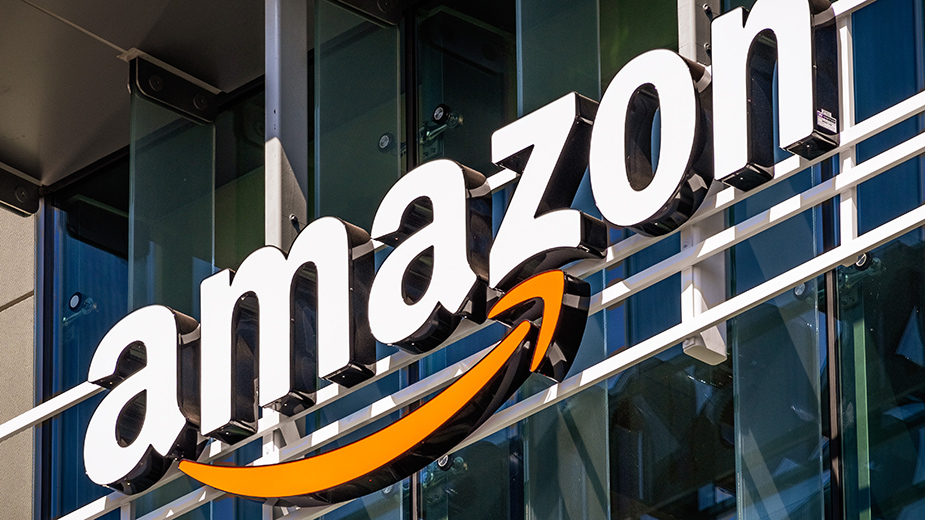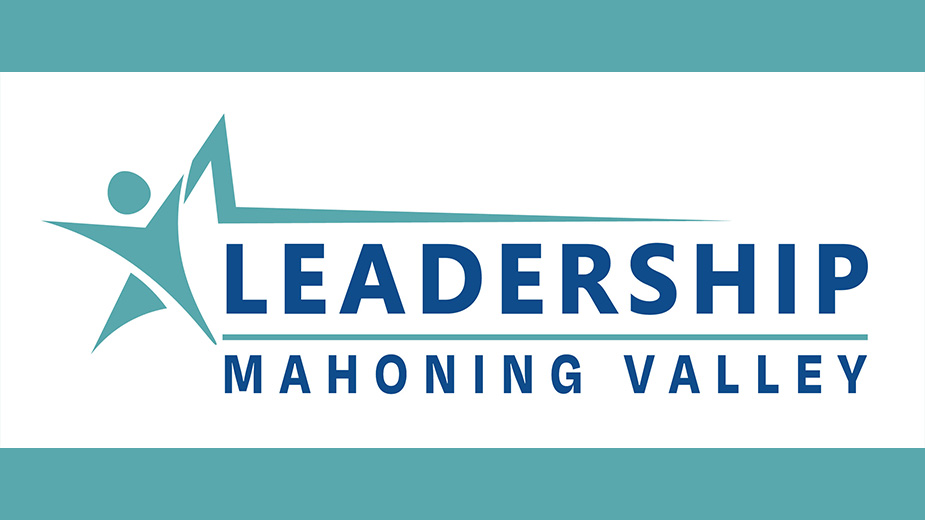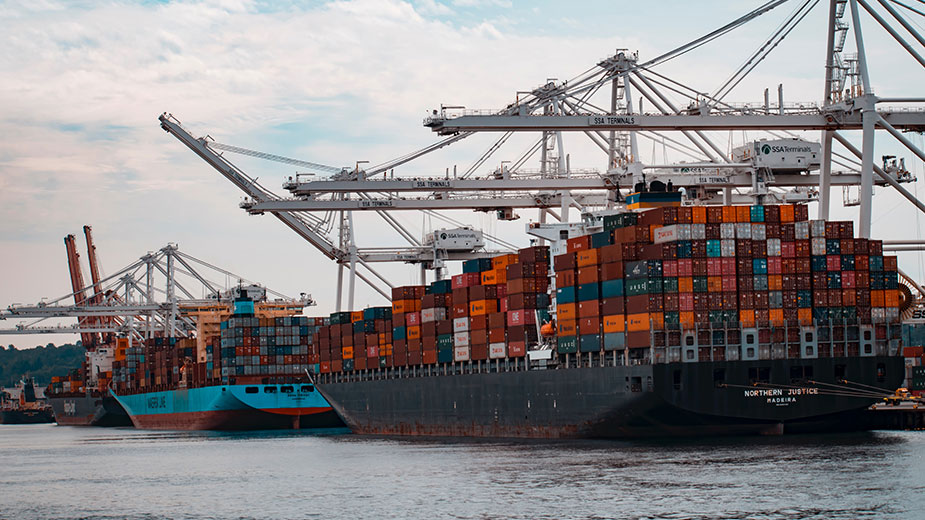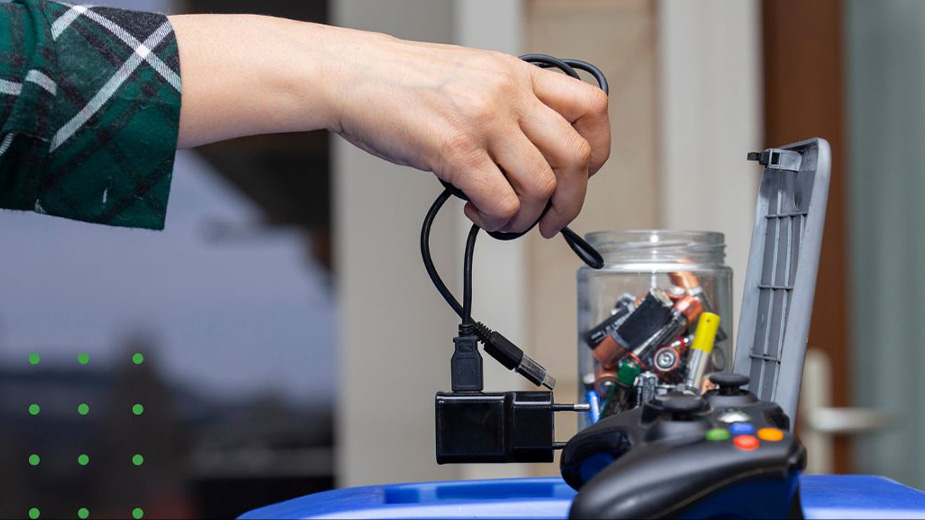Keep Your Brand and Change What You Sell?
By George Farris
YOUNGSTOWN, Ohio – Have you ever been on vacation or a business trip and spotted someone you recognized? Sometimes it’s hard to believe it’s the person you know because he seems so out of place.
I had that same experience while watching the Denver Nuggets crush the Lakers in an NBA playoff game on TV. Denver was at home and I spotted a familiar logo on its court. It was the Ball logo I’ve seen on glass canning jars many times.
I realized the Nuggets were playing in a venue named Ball Arena.
“Wait,” I thought. “The company that makes the glass canning jars has the naming rights for a huge professional sports arena?” That seemed odd.
I knew the naming rights had to be worth millions of dollars. Is home canning still that popular?
No, it’s not.
So I did a little Wikipedia search and learned Ball Corp. doesn’t even sell canning jars anymore. The Ball subsidiary that produced them was spun off in 1993. Today, the Ball brand name for Mason jars and home canning supplies is licensed to Newell Brands.
If the Ball Corp. no longer makes glass jars, what does it do? Plenty. Ball has expanded and diversified into other business ventures, including aerospace technology.
The company began to manufacture aerospace equipment in 1959 and has built and launched satellites for NASA. Meanwhile, Ball also has become the world’s largest manufacturer of recyclable metal beverage and food containers.
Expanding Into New Markets
In the ’90s, many marketing experts warned against something called “line expansion” – using one brand for more than one product line. They claimed it would dilute the brand image, risking the survival of the company.
If those “experts” were right, Nike would have gone under when it went from selling athletics shoes to selling apparel. But according to Statista, Nike activewear has added $5 billion in sales to Nike’s revenue.
Of course, Amazon began by selling books, and now it sells – well, a shorter list would be a list of what it doesn’t sell. So let’s just say a strong brand can expand its product lines and still prosper.
How Far Can You Go?
What are the limits to line expansion? Is it possible to keep the same brand name and sell something completely different? Yes, it is possible.
If you look at U.S. business history, you’ll see that you can keep the same brand and expand lines or even change lines completely. You can take advantage of brand recognition to spark sales of a new line of products.
The Real Success Factor
No matter how well known and respected a brand name is, you can’t sell a new product or service line if it doesn’t serve a need or solve a problem.
Kathryn Finney, author of “Build the Damn Thing – How to Start a Business If You’re Not a Rich White Guy,” suggests you ask yourself the following questions: Is the product or service a solution for a real problem? Is it a problem for just you or for many others? How is it currently solved? Are people willing to pay for the solution? Will they pay more than once and become repeat customers?
If you answered yes to those questions, you should be able to sell that product under your existing brand name without a problem. In fact, if you provide the right solution for a serious problem, you might even be able to afford naming rights to a sports arena.
George Farris is CEO of Farris Marketing.
Published by The Business Journal, Youngstown, Ohio.



